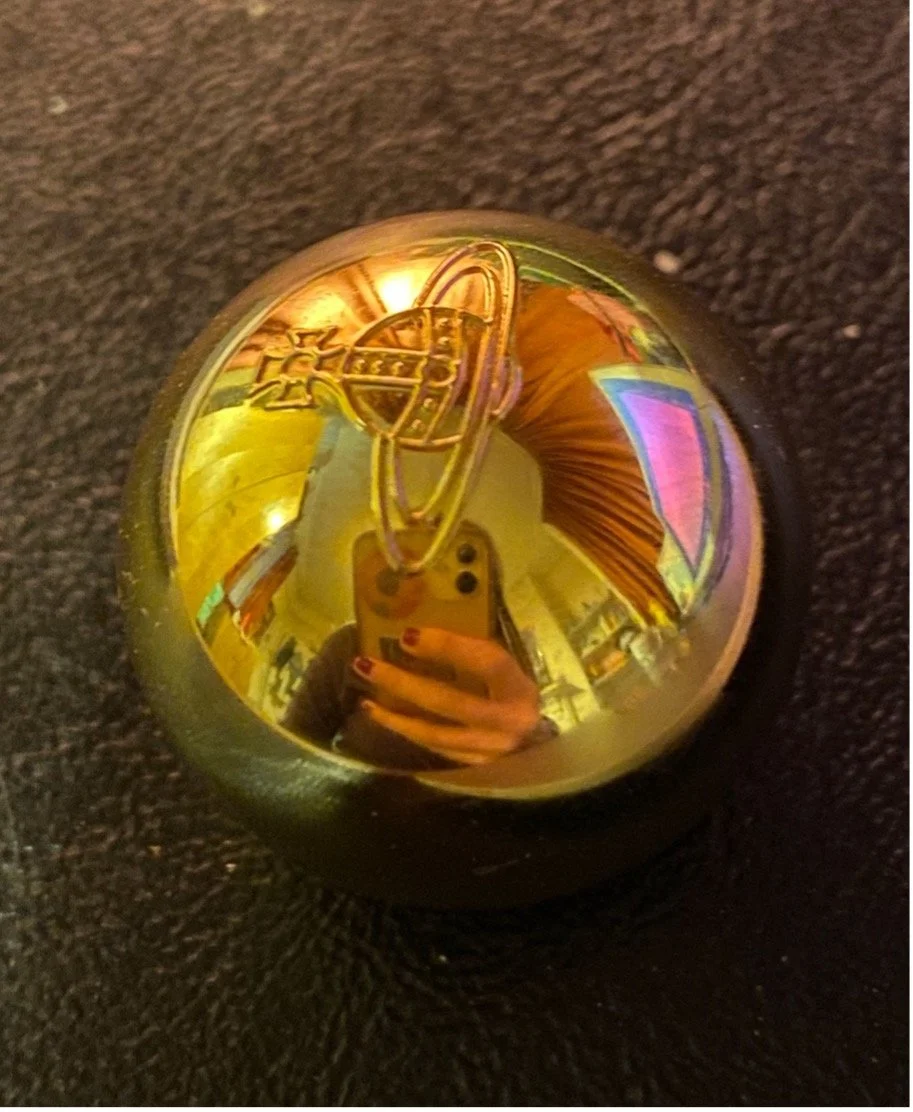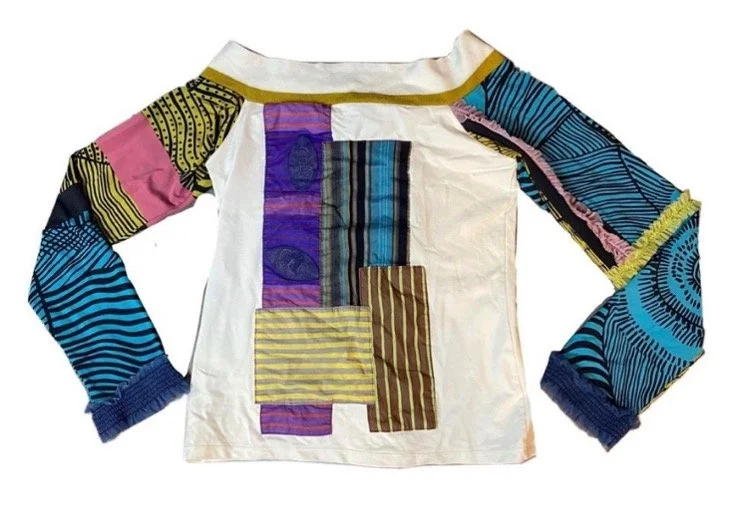The mystical punk fashion of Vivienne Westwood and NANA's homage to its style
By Anja Gogo and Bethan Beddow
Nana and Hachi aesthetic (Image via Pinterest)
Nana begins with serendipity: an encounter between two young women, named identically, who are both headed to Tokyo completely unaware of how interlinked their lives will become. Osaki and Komatsu form a deep friendship at a time when everybody is deeply immersed in figuring out who they are, what they want and who they ought to become. Their relationship and opposing experiences of love and attachment are reminders of the typical isolation one experiences in their early twenties. The series explores themes of friendship, love, forging one’s identity, and the struggles of adulthood. The manga was adapted into an anime series in 2006 and produced by the animation studio Madhouse. The anime follows the manga closely and covers most of its main events and story arcs.
Ai Yazawa’s background in fashion is very explicitly showcased in her mangas but it manifests in a particular flare and love for Vivienne Westwood. Trademark pieces of the English fashion brand are worn by Nana Osaki, the manga’s tough, Seven Stars cigarette-smoking protagonist. One particular ring is the ‘Armour Ring’, a bold piece that owes its inspiration to armadillo’s scales. Such a ring encapsulates the rebellious, hard-as-nails image of Vivienne Westwood and thanks to Nana, it has become one of the brand’s bestsellers.
Nana Osaki boasting the iconic ‘Armour Ring’ (Image via Hideg Nixuka, Pinterest/WeHeartIt)
Osaki, Blast’s lead vocalist, is the quintessential punk icon and this doesn’t just transpire through her Armour Ring. Whether it’s disguised as platform shoes, leather jackets or spiky hair, she reliably personifies the aesthetic of punk culture, This is historically relevant as punk culture, being a subgroup, required a strong, stable representation, which is synonymous to Osaki’s more grounded and independent self in the series. Nana Osaki is devoted to express herself artistically through a fashion that remains coherent with her taste. Her volatile, irrational and extremely intense attachment with Ren is an undeniable parallel of the relationship between Sid and Nancy: a fatal attraction doomed to be self-destructive. All these creations represent the internal state of the characters’ minds, as Yazawa is fundamentally delving into the human experience, from long-lasting hopes to lingering wounds. Nana’s rebellious fashion sense serves as a shield, a form of protection against fragility. Hachi, the other Nana, expresses insecurity through her hyper feminine ruffled skirts and pastel headscarves. Her desire to be loved, to be unique, to be pretty, is evident when looking at her girlish style. Komatsu’s (Hachi) fluffy and loose fashion is ultimately a visual track of the continuous identity search she undertakes.
Examples of Hachi’s pink-dominating and feminine style. A contrast to Osaki who favours dark but glamorous clothing (Image via Pinterest)
The two Nanas are dichotomous in fashion, yet their true selves both wish for happiness. Thus, the audience delight in seeing the girls’ friendship progressive just as much as their clothing styles do throughout the manga. They support each other’s’ dreams, forming a close bond that is arguably unshakeable despite the troubles around them: their love transcends the boundaries of differing appearances.
Ai Yazawa Manga illustration (Image via Miu Shinoda, Pinterest)
Even when Ai Yazawa’s characters are not flaunting Vivienne’s pieces, they’re still wearing reminders of Westwood’s impeccable fashion. Fabric corsets and their shift from underwear to outerwear, as well as the Tartan patterns, belong to Westwood’s 1987 and 1993-1994 collections, Harris Tweed and Anglomania respectively. There are multiple other Vivienne Westwood pieces featured in NANA, ranging from impressive cigarette lighters to decadent pearl orb chokers: pieces that were crafted to send a message, to stir reality up as a social skin that didn’t accept the values of the past blindly. Vivienne’s perseverance to pursue her potential is a perfect example of this, where she refused to let her background limit her awareness of what was really happening around her. She wanted the world to be a better place to exist in and connect with the human expression, specifically of the individual, across generations. An obvious example would be the orb necklace combining Saturn and the Sovereign’s orb, blending past and future as one of the ubiquitous Vivienne Westwood’s signature logos. And because this blend isn’t specific just to the orb, but rather a more overarching theme, her work is timeless, immortal in its historical relevance.
Saturn and sovereign’s orb: the famous logo featured on a Vivienne Westwood perfume cap (Image credit: Anja Gogo)
Review Section
My Rachel crossbody bag: I was gifted this as a Christmas present, and I quickly fell in love with it. The soft, black faux leather is smooth to touch and its sleek appearance would surely please Nana Osaki! Of course, the gleaming silver orb that is symbolic of VW’s punk power stands out well. As a crossbody bag, I can ensure that it won’t fall from my grip!
My ‘Save the Queen’ thrifted find on Depop: one of funkiest pieces in my wardrobe. The graphics are irresistible: incongruent patterns complement each other on a white background, as if they were someone’s sketches on a canvas. A top off the shoulder that gives me the opportunity to embrace a more daring side, with a fabric that doesn’t disappoint.






